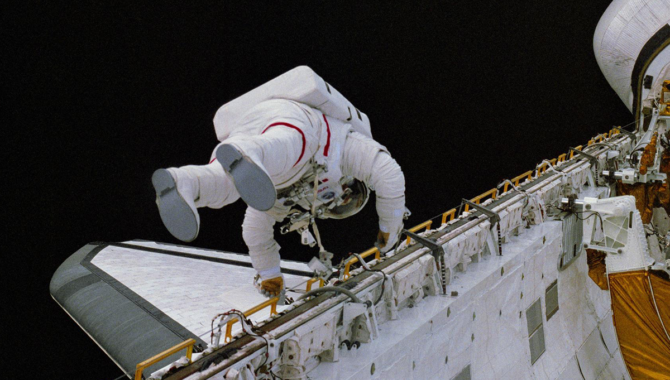
First flight of Challenger includes the first spacewalk of the shuttle program and an important test of a new generation of spacesuits.

First flight of Challenger includes the first spacewalk of the shuttle program and an important test of a new generation of spacesuits.
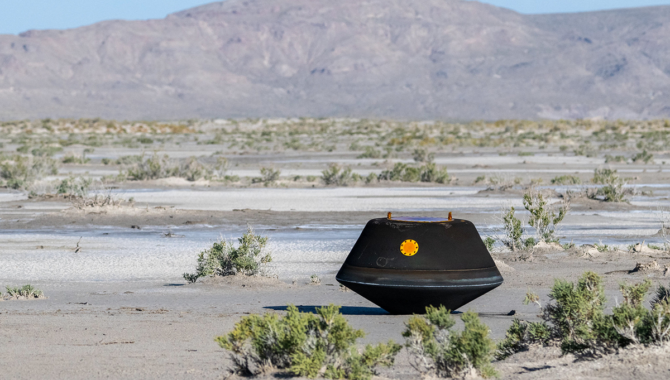
The parent of Bennu was deep in the solar system, held many of the building blocks of life, and likely contained salty brines below the surface.

Space is hard. Inevitably, problems may occur. We can all learn valuable lessons from past events to ensure the safety and success of current and future programs. Enjoy reading and learning from a selection of such events. This booklet produced by the Johnson Space Center Knowledge Management Office contains numerous lesson learned from NASA missions and projects.
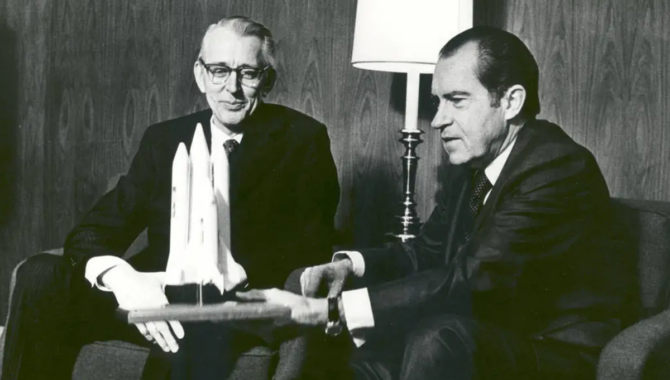
The nation chooses to reduce spending after Apollo, focusing on a versatile, reuseable spacecraft for low-Earth orbit.
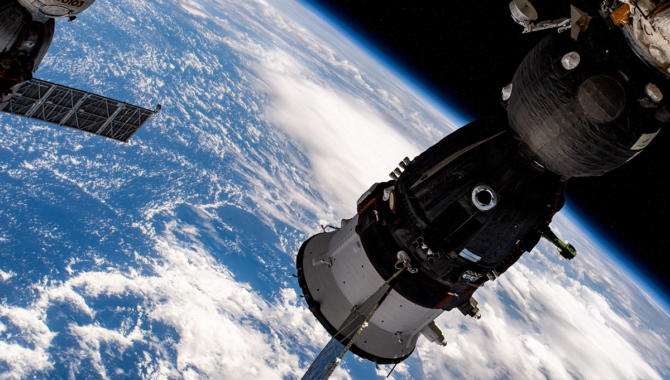
Powerful new spacecraft under development will guide the venerable station through Earth’s atmosphere to a remote ocean site, sometime after 2030.
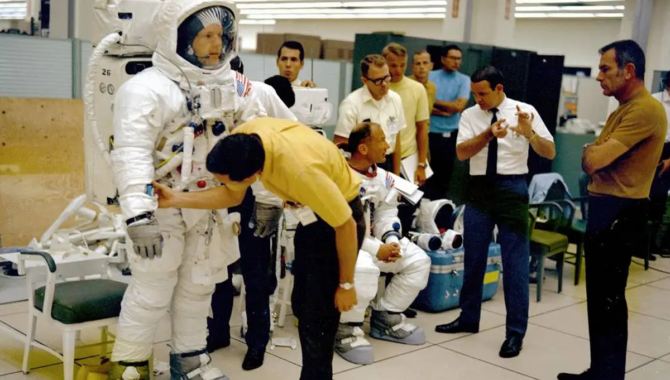
In June 1969, NASA charges Apollo 11 with a single, straightforward objective — Perform a manned lunar landing and return.
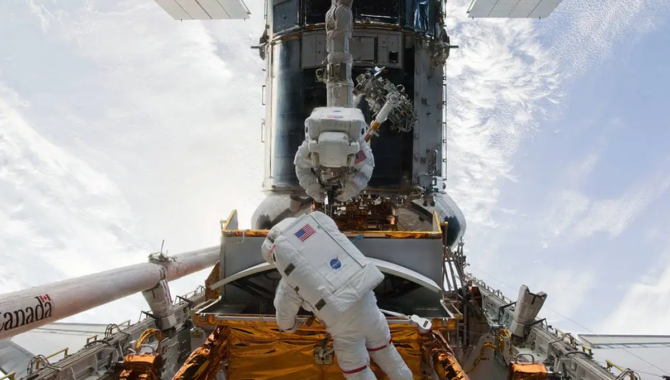
The crew of STS-125 make repairs and upgrades to the revolutionary telescope, expanding its capabilities and extending its operational lifespan.
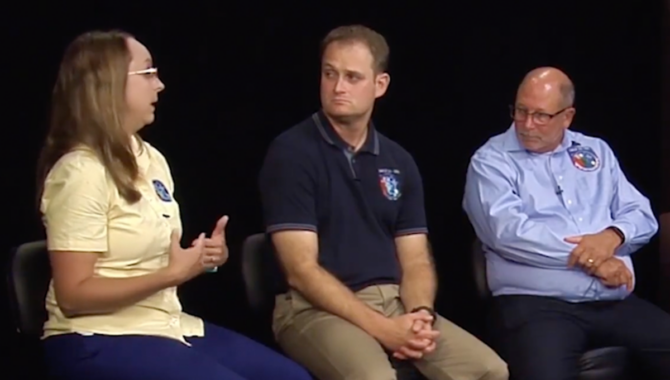
Project leaders can create a working environment for their team members that will lead to mission success.
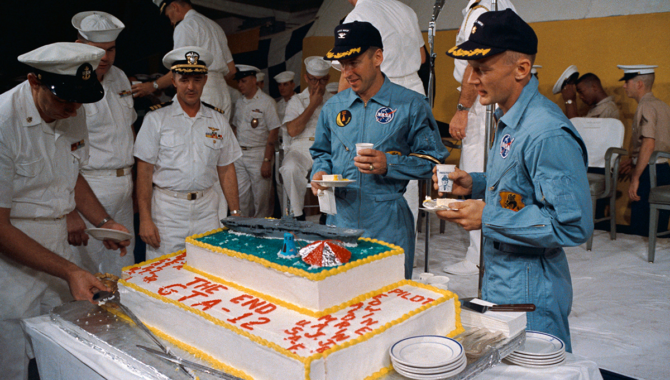
Aldrin pioneers under water training for EVAs.